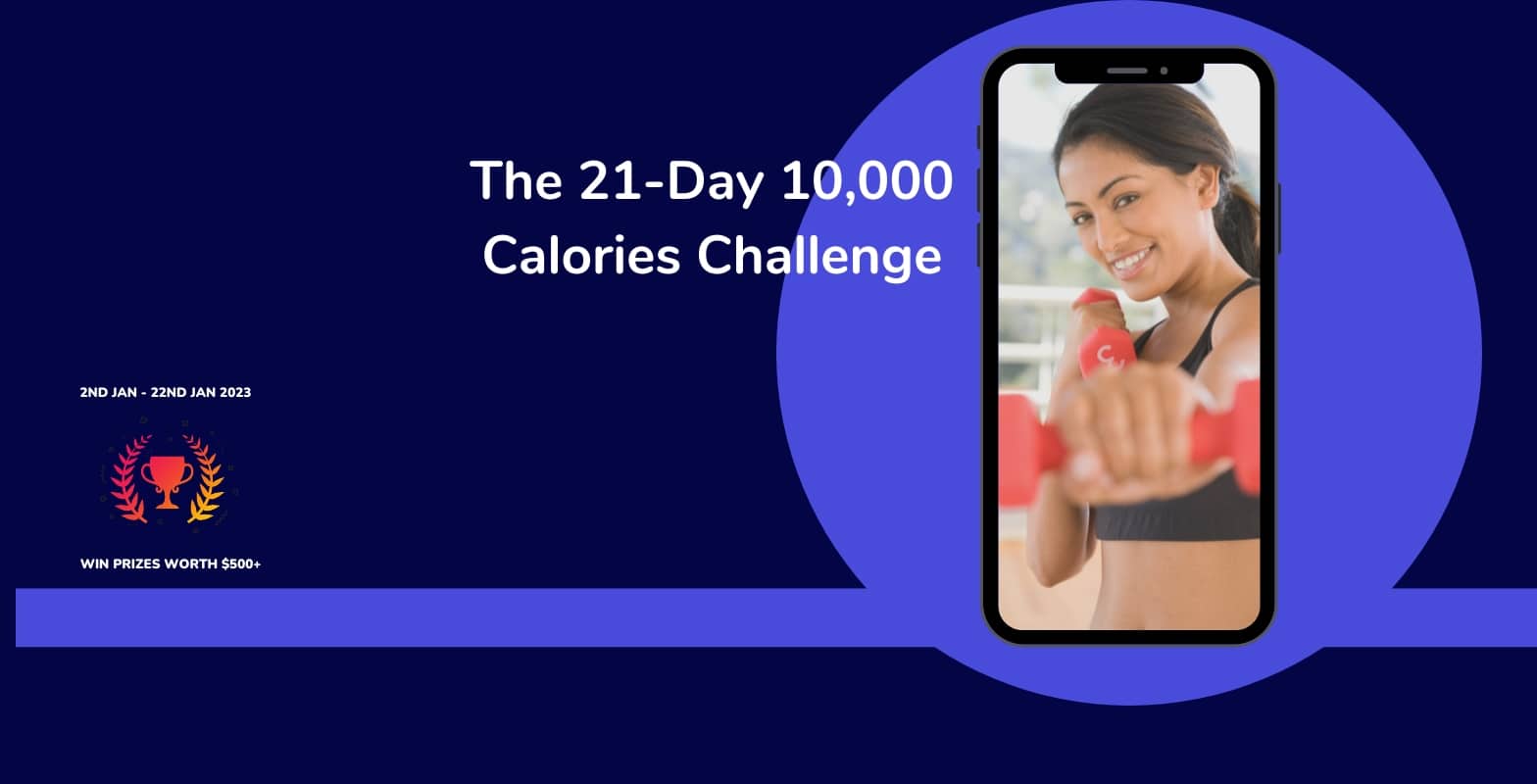Is Chronic Sitting The New Smoking?

Introduction
I love the internet, not for browsing Facebook but for my work. Most days, I am sitting all day. The app on my iPhone tells me that my average daily steps are somewhere around 3000.
I was not concerned as I train with weights a few times a week and perform a few sessions of HIIT too. My body fat is low, and I have good strength. I don’t smoke, and I drink only on rare occasions. I eat healthily; I take my omega-3s and multivitamins.
Does That Make Me Fit And Healthy?
Well, apparently Not!
According to this meta-analysis of eighteen studies which included 794,577 participants, being sedentary (usually classified as taking fewer than 3,000 steps per day) was associated with a 112 percent increased risk of diabetes and 147 percent increased risk of cardiovascular disease). 1http://www.ncbi.nlm.nih.gov/pubmed/22890825 This study also compares chronic sitting with smoking and suggests a similar mortality rate!
Huh?
According to Tom Rath, the bestselling author of ‘Eat, Move, Sleep,’ which sold more than 6 million copies.
Sitting more than six hours a day greatly increases your risk of early death. No matter how much you exercise, eat well, avoid smoking, or add other healthy habits, excessive sitting will cause problems.
As soon as you sit down, electrical activity in your leg muscles shuts off. The number of calories you burn drops to one per minute, and enzyme production, which helps break down fat, drops by 90 percent.
After two hours of sitting, your good cholesterol drops by 20 percent. Perhaps this explains why people with desk jobs have twice the rate of cardiovascular disease.
Double Huh?
Another study, this conducted by Rory Heath and published in the British Medical Journal, states. 2http://blogs.bmj.com/bjsm/2015/01/21/sitting-ducks-sedentary-behaviour-and-its-health-risks-part-one-of-a-two-part-series/
During waking hours, 65 percent of an average person's day is spent sedentary; that is 9–10 hours for adults. Sitting at work accounts for 60 percent of total daily sitting on a weekday, but even on weekends, people still sit for 8 hours.
Positive Associations Between Cancer Risk And Sedentary Behavior Exist
– Lung cancer risk increases by 54%
– Uterine cancer risk increases by 66%
– Colon cancer risk increases by 30%
The risk of anxiety and depression is significantly higher in those who sit more, while increased activity shows better subjective mental health and vitality.
I took this information seriously and incorporated it into my FBX Training System.
The concept of 10,000 steps a day is brilliant, and I feel everyone should be consciously focused on reaching this target daily. The first question that came to my mind is whether 10,000 steps is enough, so I googled it, and this is the first thing that came up:
The average person’s stride length is approximately 2.5 feet long. 3http://www.thewalkingsite.com/10000steps.html That means it takes just over 2,000 steps to walk one mile, and 10,000 steps are close to 5 miles. A sedentary person may only average 1,000-3,000 steps a day.
Then again, is 5 miles enough?
In James H. O’Keefe’s comprehensive research on the activity of hunter-gatherers. He writes
A large amount of daily, light-to-moderate activity, such as walking, was required.
Although the distances covered would have varied widely according to hunting and foraging routines, cultures, weather, seasons, ages, etc., most estimates indicate that the average daily distances covered were in the range of 6-16 km.
The equivalent of 6-16 km is approximately 3-10 miles. What we need to do is focus on taking at least 5,000 steps every day and gradually increase it to 10,000 steps.
Tips To Manage 10,000 Steps A Day
Here are a few things you can start doing every day to come close to taking 10,000 steps.
1) Know How Many Steps You Take
There are many apps that you can download on your smartphone to track your steps; however, since you won’t be carrying your phone everywhere, these apps will underestimate the number of steps you take. Another cheap option is a pedometer.
If you want to spend a bit extra, buy a fitness tracking device like Fitbit, etc., which not only tracks your steps but also suggests the quantity and quality of your sleep.
Be sure you are taking at least 5,000 steps daily. If you are taking fewer, you are sedentary. Better yet, aim for a minimum of 7,000 steps or more. By making the following changes, you can average between 7,000 and 10,000:
2) Make Walking A Part Of Your Daily Routine
Now, for most of us, sitting in front of the computer is totally unavoidable. Since the day I realized sitting can be that harmful, I never sit for more than 15 minutes at a time. I often stand when I work. (I recently got a custom-made standing desk, and I feel it’s one of the best health investments I have made so far.)
Most of my work is creative as it entails writing content, and walking in between work sessions really helps me. Ideas flow more freely, and I absolutely love the way this whole thing works out.
I have easily added close to 3,000 steps more than my previous average of 3,000 plus at least a few hours of standing (and we all know standing burns more calories than sitting).
3) Find Ways To Add Steps To Your Daily Routine
My two-year-old has tremendously contributed to adding close to 2,000 steps as he often enters my home office. He demands a lot of attention, as every child does, and I am more than happy to take frequent breaks to play with him. (If you don’t have an infant at home, get a dog)
4) Make Small Changes In Your Routine
Whenever I watch TV, I make it a point to get up when a commercial comes on. I often take the stairs (I live on the 8th floor), and whenever I get a phone call, I stand while I talk. Cooking and things like that add more time standing.
In fact, since I purchased my fitness watch, I have been hell-bent on reaching my daily target of 10,000 steps, and I think it’s gradually becoming a solid lifestyle habit.
What If You Don’t Have The Luxury Of Standing Up And Moving Around While At The Office?
In this case, drink more water, so you will need to take more frequent trips to the bathroom! (Just kidding)
If you have absolutely no other option, a new position while sitting is always better than the old position, so keep fidgeting.
To maintain a neutral spine, buy a laptop stand and raise the level of your laptop (this has the added benefit of keeping your machine from heating up too much). You can also do certain stretches. The whole idea is to keep moving even when you are sitting.
Conclusion
The take-home message is this. The human body was designed to move. Sitting puts you in an unnatural position, putting stress on your entire kinetic chain, which leads to muscular imbalances like tight hip flexors, rounded shoulders, and a forward neck.
This can also cause breathing problems and put severe stress on your lower back. Everyone reading this should know that chronic sitting is a real threat that should be taken seriously.
I would love to hear your views/suggestions on what you do to be more active in the comments below.

Skill-Based Education.
Global Recognition.
Powerful Community Building
Secure a certificate of completion in as little as a day by graduating from one of our free courses.
Get Access to Our Free Courses. No Credit Card Required.

Fabulous Body Membership
Your All-Access Pass to A Fabulous Body & A Rewarding Career
25+ Certificate Courses & Programs, All Included
15 Day Free Trial, 100% Money-Back Guarantee
About Akash Sehrawat
Akash is a creator of 25+ programs and certificate courses in which more than 200,000 students have enrolled both on Udemy and Fabulous Body's native platform. Akash is also an author of three books that can be found on Amazon. His answers on Quora have gathered more than 12 million views in less than a year.











Wow Akash very well written and it’s very inspiring to the people who sits for longer time. Well done…..
Thanks man!
Hi Akash… Loved your content and your eager to help people especially the beginners… I recently purchased your udemy course and really loving the information you provided…
Problem is standing is not good as well. Standing leads to varicose veins and studies done on standing say that mortality is doubled (heart disease) for those with standing jobs vs sitting jobs.
It gets kind of confusing.
Agreed, you can alternate then. The idea is to discourage sitting all day. If a person sits for 8-9 hours its not good, they can including an intermittent standing position for say 15-20 min at a time!
Thank you for the kind words:_)
Thak you
Thanks, content truly inspired me to walk more…
Good to know this:)
im in love with the knowledge this article provided me . and i researched more on this topic . though this article was quite sufficient. im really looking forward to aware more people regarding this and will create a video content to help people regarding this as so many of friends are sitting junkies..
Thank you for your comment Harshita:) All the best to you.
Nice information..
Thanks:)
Pursuing your diploma and you’ve been inspiring & educating since day 1.
Thank you Sir 🙂
had i read your articles earlier i would have become a famous trainer in my area atleast
Hi Sarabjit,
Thank you for your kind words!
We are happy to know that you like the information shared here.
Regards,
Kunal,
Team Fabulous Body